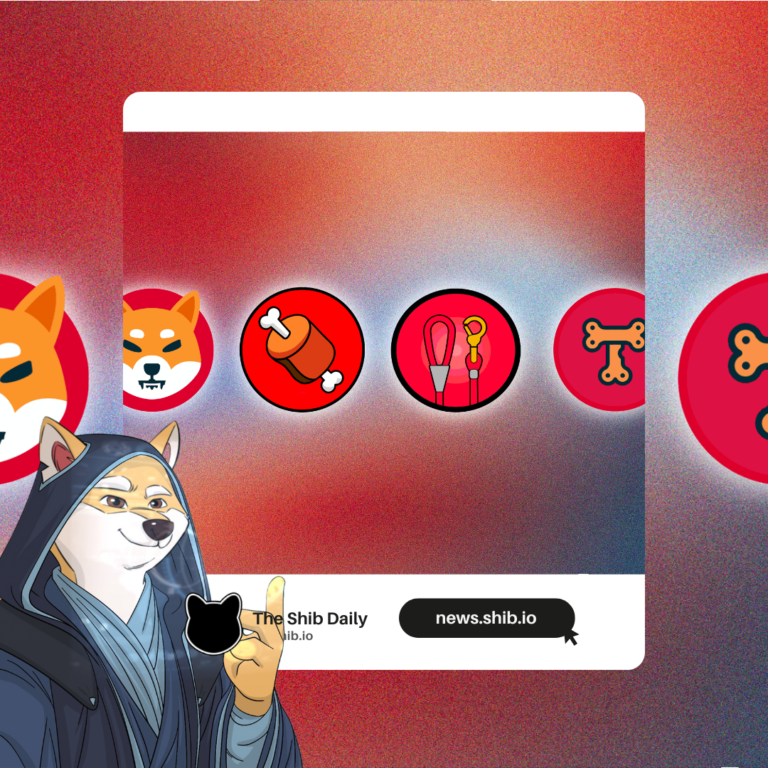Shytoshi Kusama, the elusive visionary behind the Shiba Inu ecosystem, in a rare and candid revelation, reveals the complex workings of the project’s revolutionary four-token system, offering insight into how this once-playful coin is now reshaping the landscape cryptographic with serious ambition.
The four pillars of the Shiba Inu
Kusama detailed the intentional design behind Shiba Inu’s unique four-token system, stating that the vision was “based on the structure of the United States government.” He noted: “When you look at the government of the United States, arguably, very arguably, one of the best structures ever designed, if it were set up correctly and functioned the way it was designed…it is essentially designed around a three-part system. »
Inspired by this model, Shiba Inu chose to use four distinct tokens: SHIB, LEASH, BONE and TREAT to create a balanced system with integrated controls. According to the Visionary Shiba InuThe four-token structure was designed to avoid a single point of failure by distributing governance responsibilities.
He explained that the multi-token approach aims to ensure that “each branch has autonomy, but at the same time has checks and balances, can never overtake the whole system”, which guarantees a level of decentralization.
The role of each Shiba Inu token
- SHIB: the voice of the community: Kusama explained that the SHIB token was designed to represent the community. He said: “I believe SHIB represents the community. » Through its vast token offering, SHIB aims to empower a wide range of people, ensuring that community input is taken into account. consideredand that those with the largest stakes have the most influence. To further facilitate this, committees will be created to filter requests from the community, Kusama noted.
- BONE: the execution engine: As the second token, Bone ShbaSwap (BONE) is designed to function as the executive branch of the ecosystem. Kusama emphasized the importance of BONE to “run well and quickly,” especially when powering the Shibarium L2 blockchain. This token was designed to handle all technical upgrades and ensure the entire network runs efficiently.
- LEASH: Guardians of the Ecosystem: The Doge Killer (LEASH) token, with its increased exclusivity, was designed as the legal and military ecosystem. According to Kusama, LEASH holders would “get things before anyone else” and would be charged with governance, as well as responsibility for help solve problemsacting as “judges” within the ecosystem. These holders would also act as “military personnel”, with expertise in “liquidity, sourcing liquidity and carrying out vampire attacks”.
- DEAL: Foster innovation and growth: The as-yet-unreleased final token, TREAT, was designed as the “secret branch of government” that focuses on innovation. According to Kusama, TREAT holders would focus on developing “innovative technologies like AI, new systems or new protocols that may emerge” as well as determining what to invest in to ensure the ecosystem grows.
Implications for decentralization
Beyond the coin’s playful exterior, Shiba Inu’s four-token system reveals a project with serious ambition and a sophisticated vision for the the future of digital ecosystems. The separation of powers delegated to SHIB, LEASH, BONE and TREAT reveals a complex architecture, designed to promote both community engagement and dynamic leadership.
As Shiba Inu continues to evolve, the four-token system will be a testament to its goal of moving beyond its meme origin to become a complex and potentially revolutionary decentralized community.
Learn more
Yona has no crypto positions and does not hold any crypto assets. This article is provided for informational purposes only and should not be construed as financial advice. The Shib Daily is an official media outlet and publication of the Shiba Inu cryptocurrency project. Readers are encouraged to conduct their own research and consult a qualified financial advisor before making any investment decisions.
Post Views: 446

